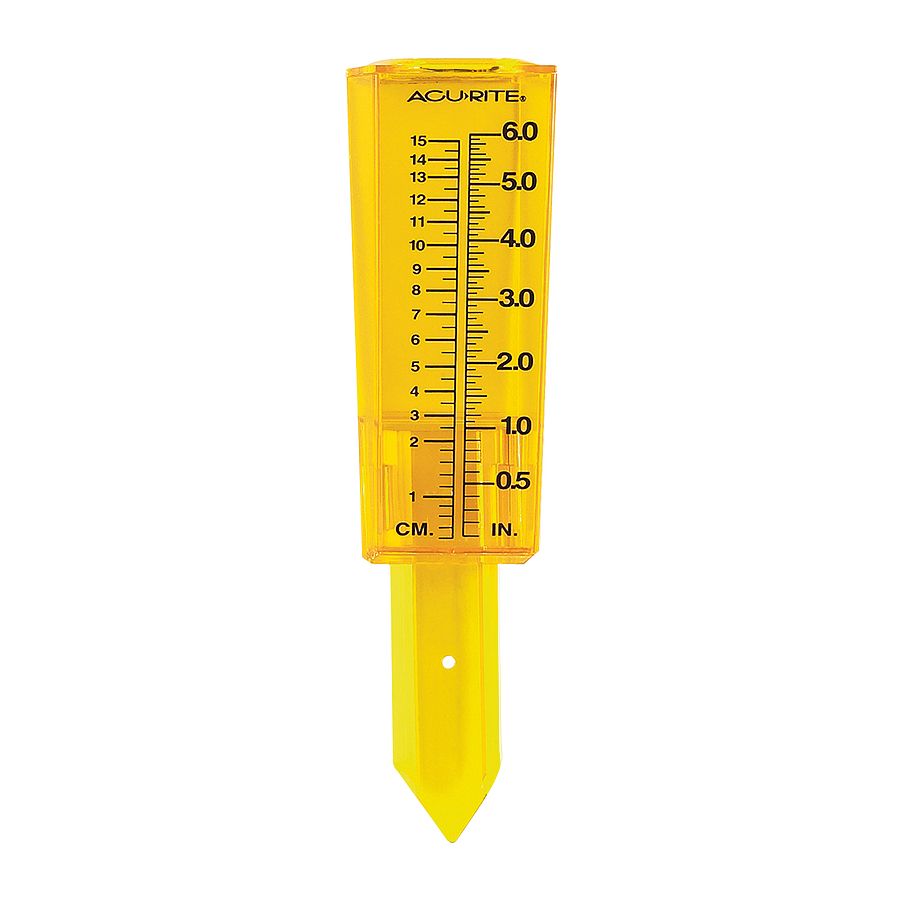The Rain Gauge: Enhancing Agricultural and Environmental Keeping Track Of Initiatives
The Rain Gauge: Enhancing Agricultural and Environmental Keeping Track Of Initiatives
Blog Article
DIY Rainfall Gauge: Basic Actions to Make Your Own
Developing your very own DIY rainfall gauge is a efficient and simple means to determine and videotape precipitation. With just a few usual materials and some basic steps, you can conveniently construct your very own rain scale at home. Let's obtain begun on making your Do it yourself rainfall scale today!
Gather Materials
To start creating your DIY rainfall gauge, gather all the required products making use of an extensive list of products. Having the best materials on hand will certainly make certain the effective creation of your rain scale and enable for precise dimensions of rainfall. Collecting these materials ahead of time will certainly streamline the building procedure and make sure that you have everything you need to develop your own Do it yourself rain gauge.
Prepare the Container

Mark the Measurement Increments
To accurately measure the quantity of rains, accurately marking the measurement increments on your do it yourself rain gauge is essential. Without clear and precise markings, it would be difficult to establish the precise amount of rainfall accumulated in your rain scale. Right here are the steps to note the measurement increments on your rainfall gauge.
First, select the system of measurement that you intend to make use of. The most usual units for gauging rainfall are inches and millimeters. Make use of a permanent marker or water resistant paint to note the increments on the side of your rain gauge once you have actually picked the unit. For inches, you can mark every quarter inch or every half inch, depending upon your preference. For millimeters, you can mark every 10 millimeters or every 20 millimeters.
When marking the increments, it is important to make certain that they are evenly spaced and plainly noticeable. Use a leader or determining tape to make certain precision and uniformity. Furthermore, make sure that the markings are resistant to fading or abrading, as direct exposure to the aspects might cause them to weaken with time.
Location the Rain Scale Outdoors
The rainfall scale need to be placed outdoors to accurately accumulate rains data. The place picked for the rain scale ought to be cost-free and open from any type of obstructions that can possibly affect the measurement of rains. It is important to discover a spot that is not obstructed by trees, buildings, or various other structures that might obstruct the rain from getting to the gauge. This will certainly guarantee that the accumulated data is rep of the actual rainfall in the location.
Furthermore, it is vital to position the rainfall gauge on a secure surface area, such as a degree ground or a sturdy post. This will protect against any type of activity or tilting of the scale, which can result in unreliable measurements. It is likewise advisable to avoid placing the gauge near any kind of resources of artificial water, such as sprinklers or drain systems, as this might interfere with the precision of the measurements.
Monitor and Document Rainfall Information
Normal surveillance and recording of rains information is crucial for precise data analysis and analysis. By keeping track of rains dimensions, you can obtain useful understandings into weather condition patterns, environment fads, and water resource monitoring. To effectively keep track Home Page of and videotape rains data, it is essential to develop a routine and maintain constant techniques.
First of all, make sure that your rainfall gauge is positioned in an open area far from barriers such as trees or structures that might block rainfall. Additionally, make certain the rain click now scale is level and safely anchored to avoid any type of motion that could impact the accuracy of the measurements.

When recording the rainfall information, it is essential to keep in mind the date and time of each measurement. Make use of a leader or a measuring stick to establish the rainfall deepness in the rainfall gauge, and document this info accurately.
To ensure the precision of the measurements, it is advised to clear the rain scale after each recording. This will stop any type of overflow or evaporation from influencing succeeding dimensions.
Final Thought
To conclude, creating a DIY rainfall gauge is a simple and practical method to monitor and record rainfall information (The Rain Gauge). By adhering to the steps detailed in this article, you can easily gather materials, prepare the container, mark the dimension increments, and position the rainfall scale outdoors. Consistently keeping an eye on and tape-recording rainfall information can give useful information for various functions
Having the appropriate materials on hand will ensure the effective production of your rainfall scale and enable for precise dimensions of rains.To properly gauge the quantity of rainfall, accurately noting the dimension increments on your Do it yourself rain gauge is necessary.The rainfall gauge should be put outdoors to properly collect rains information. The place chosen for the rain gauge should be totally free and open from any kind of obstructions that can potentially influence the measurement of rainfall.In verdict, developing a DIY rainfall gauge check here is a easy and sensible method to keep an eye on and videotape rainfall information.
Report this page